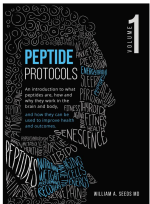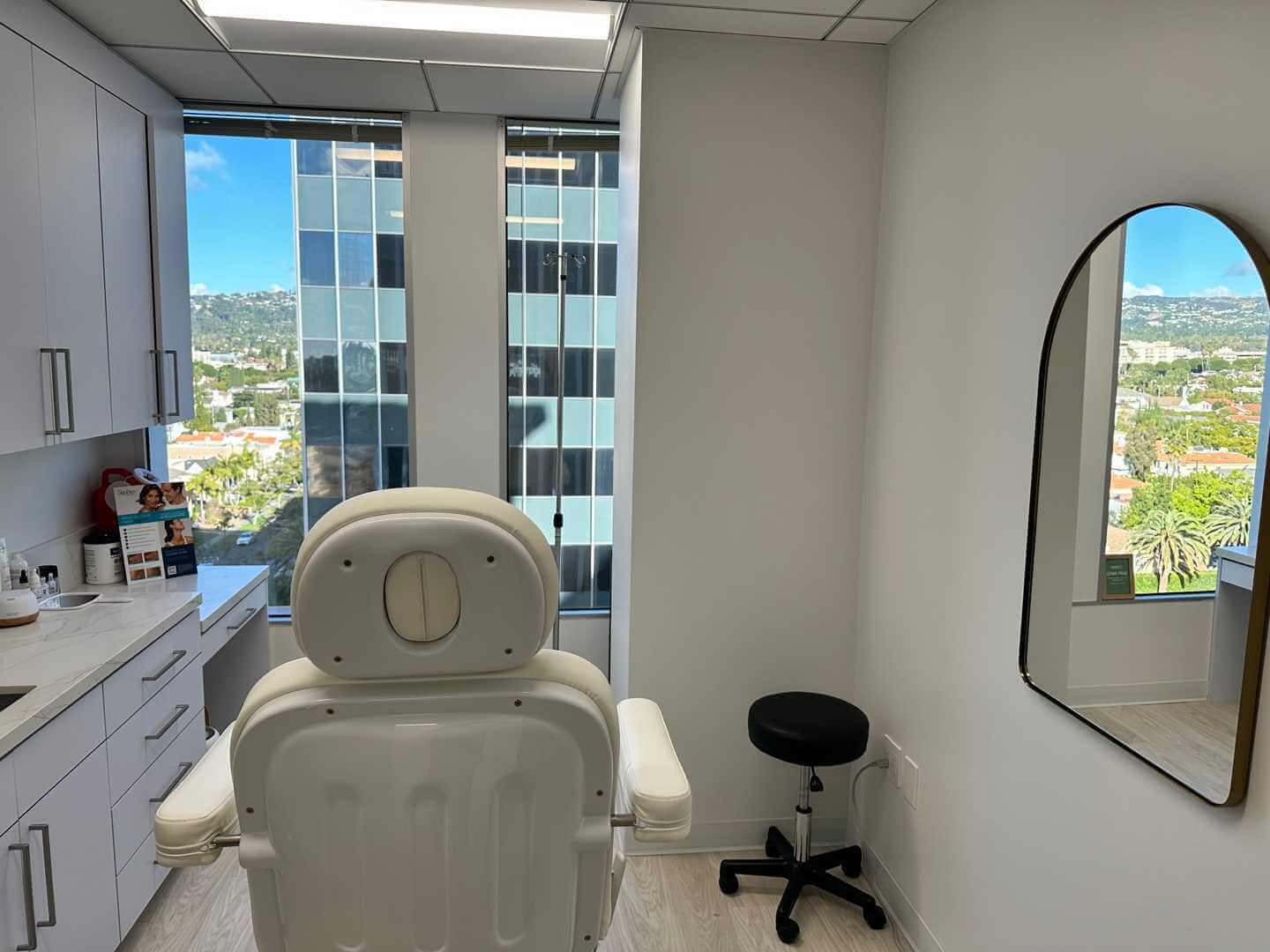Glucagon-like peptide-1 receptor agonists (GLP-1 RAs), mimicking our body's natural incretin hormones, have transformed metabolic disorder management. Beyond their known efficacy in blood sugar control and weight loss, emerging research...

www.ihsymposium.com
Key takeaway points include:
– GLP-1 receptor agonists (GLP-1 RAs) have multifaceted effects beyond glucose control and weight loss, influencing multiple cellular pathways crucial for metabolic health and longevity.
– GLP-1 RAs modulate key signaling pathways such as insulin signaling, mTOR, AMPK, Nrf-2, sirtuin activity, and NAD⁺ metabolism, leading to enhanced mitochondrial function, energy balance, and reduced oxidative stress.
– GLP-1 RAs exhibit anti-inflammatory and senomodulatory properties, impacting immune cell polarization, promoting positive epigenetic modifications, and influencing cellular senescence, which may reverse harmful changes associated with chronic metabolic diseases, aging, and cancer.



